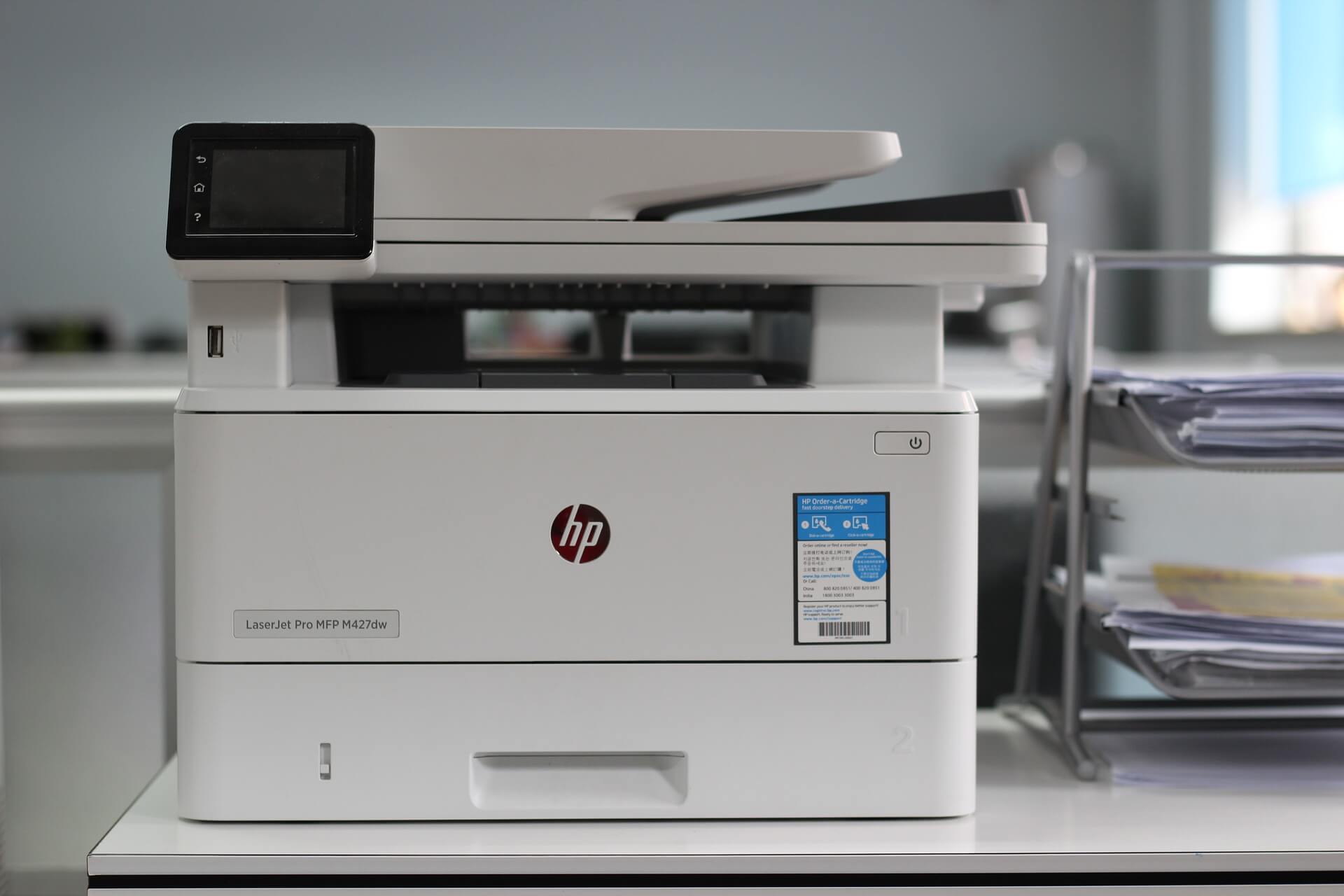Pathstone partnered with a large healthcare system on the west coast to evaluate the full scope of Office Supplies & Related Product spend. This process began with developing an understanding of the current state including vendor landscape, previous system efforts, and future goals.
This client had success selecting one primary vendor for most purchases and beginning to assess the types of purchases permitted through that vendor; however, we identified opportunity to revisit the items purchased to further negotiate pricing and refine the permitted purchase list.

Pathstone’s non-clinical purchased service consultants began identifying incremental opportunities by breaking spend into categories that may be purchased through an office supplies vendor: Ink & Toner, Paper, Office Supplies, and Other Related Products.

The total financial impact in this category was $500K. Qualitative benefits included enabling better control and visibility of purchases while maintaining variety for end users to be able to select items that meet their needs.